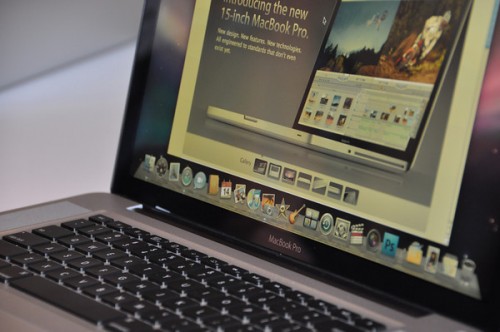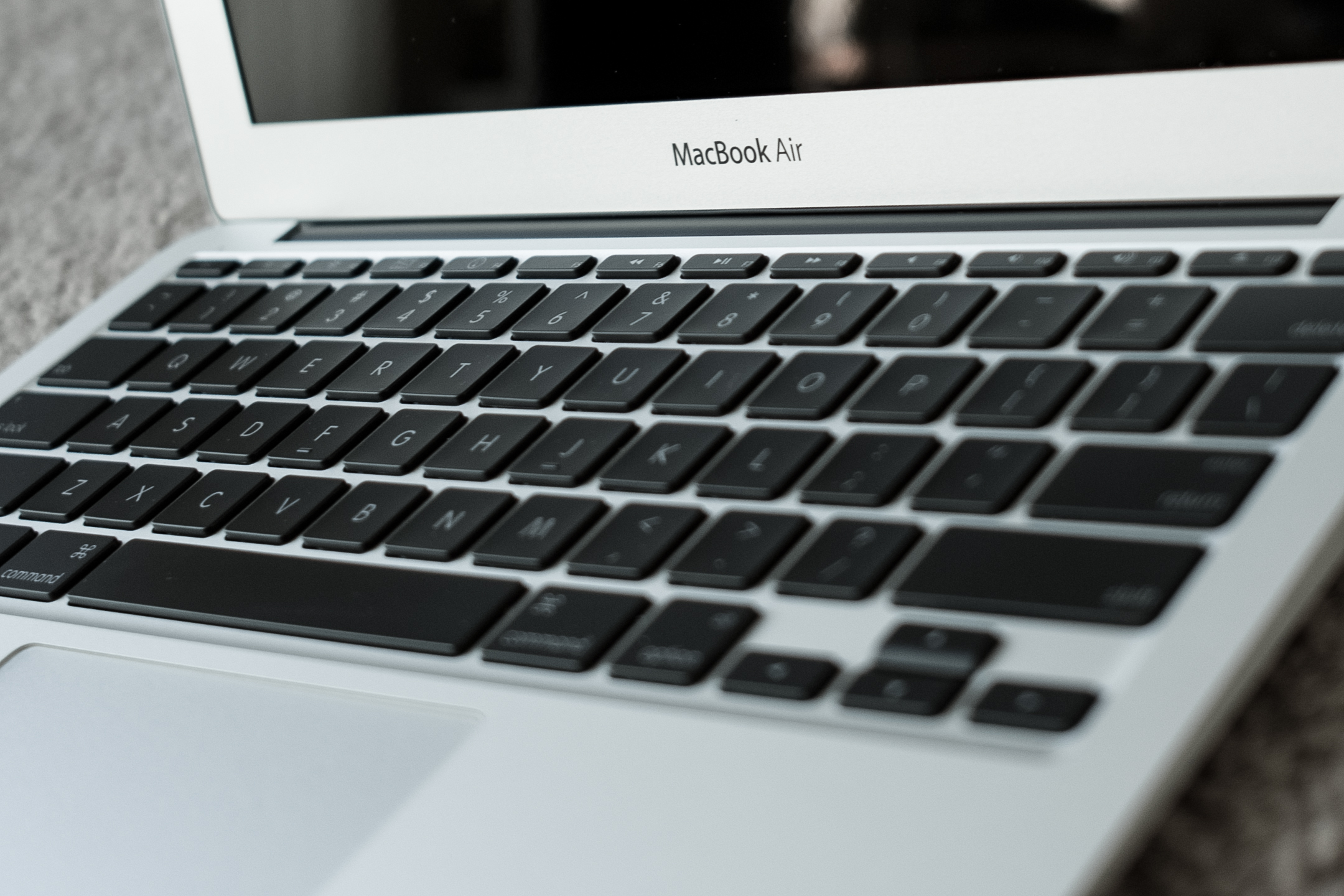I would like to discuss how Apple innovates, which I understand very well. I posted about Apple’s incremental product strategy last September at Apple Watch: “Apple Demands a High Price to Be Cool.”
The pattern is consistent: Apple launches a “one more thing” product with modest hardware features but something else nevertheless killer—something people want. During the launch, Apple CEO Steve Jobs performs his marketing magic, demonstrating how this “one more thing” product will make peoples’ lives better.
Often the product lacks something compared to competing wares but offers something more elsewhere. That’s merely a function of Apple choosing different priorities. Some examples:
- Original iPhone lacked 3G, video and MMS, but offered better UI, capacitive touchscreen, media playback and better calling features.
- iPhone 3G lacks video and MMS, but added 3G, GPS and other features turning the smartphone into a pocket computer, media player and game console.
- MacBook Pro’s screen resolution is lower than Windows PCs in same price class but offers features like backlit keyboard and non-removable, longer-life battery.
What It Costs to be Cool
Apple’s priorities are often different from competitors, and customers usually benefit from them. But I’ll contend—and this statement will draw flaming comments—that, by comparison, some Apple products offer less hardware capabilities than those from competitors. That’s a changing trend, by the way, and I’ll explain its importance in a few paragraphs.
Once Apple releases that “one more thing,” the company then iterates—incrementally improves—the product over time. The process is essential to Apple maximizing margins. “One more thing” products typically have initial higher selling prices or same as the replaced product. They’re cool. People are willing to pay more, and Apple certainly doesn’t discourage them from doing so.

The Windows PC market trend is about offering faster processors and other features for less money. Apple offers more for more money or about the same, later lowering prices. A recent, good example is the unibody 17-inch MacBook Pro, which in January Apple priced the same, $2799, as its predecessor but added several cool, new features—with long-life, non-removable battery being perhaps the most notable. A month ago, Apple dropped the price by $300.
“One more thing” is very much about selling the coolest thing. Plenty of buyers demand the newest, coolest thing—and they’re willing to pay a premium price to get it. To many of these buyers, the tech gadget is as much an accessory—statement of their coolness, superiority—as useful product.
Apple engages in tried-and-true retail practice. It’s good business. Clothing stores take a similar approach. There are teens who must have the newest wears from Aeropostale, American Eagle, Gap or Hollister at full price; they can’t wait for sales. They want to be cool. Apple sometimes charges more for fashion, just like clothiers. At introduction, the black MacBook cost $150 more than the white model simply for the color.
As a product’s lifecycle progresses and Apple maximizes margins at the front end, incremental improvements begin. The company typically starts by improving the hardware for the same price. Later, Apple adds better hardware or features and cuts the price. Eventually, Apple retires the product and introduces another “one more thing.”
Apple Tweaks the Incremental Model
More recently, Apple adjusted its longstanding product practice of introducing something splashy, maximizing margins at the front end, incrementally improving the product while lowering prices and replacing the product with the new splashy thing. That pattern has been cyclical: “one more thing” followed by “same, only better” leading to another “one more thing.”

Apple didn’t retire the white MacBook when introducing new unibody models in October. The company lowered the MacBook price to $999 and continued to incrementally improve the laptop by iterations. Similarly, Apple didn’t retire the iPhone 3G when releasing the iPhone 3GS. The 8GB 3G is available for $99, or half the cost at introduction.
Apple already has maximized margins on both products. Their continued manufacturing and distribution is fairly cheap compared to their “one more thing” days. For $99 or $999, Apple gives away little while potentially picking up lots more market share. The 13-inch MacBook Pro is absolutely cooler and more desirable than the white MacBook. Many people will pay the $1,199 or $1,499 prices for the smaller MacBook Pro. Others will see $1,000 as a price barrier they won’t cross; for them, Apple has the white MacBook.
The $99 iPhone 3G will be a deal maker for many people pining for an iPhone. Meanwhile, those buyers looking for the coolest new features can get an iPhone 3GS, with better features and more storage capacity than its predecessors, for the same $199 price. Apple loses little in margins, but opens up sales to more budget buyers while offering something cooler to people willing to spend about the same as the older iPhone.
Something else really important about Apple’s cyclical, incremental product strategy: SKUs. The company’s product lines are surprisingly trim compared to Windows PC competitors or even retailers in other markets. Fewer choices works well for Apple. For example: MacBook, MacBook Pro and MacBook Air. MacBook has one configuration and MacBook Air two. MacBook Pro: 13-inch, two configs; 15-inch, three, 17-inch, one.
Apple’s streamlined product family approach helps reduce manufacturing and marketing costs, maximize margins and make easier and clearer to potential buyers incremental improvements over time. It’s a well thought out and implemented strategy.
